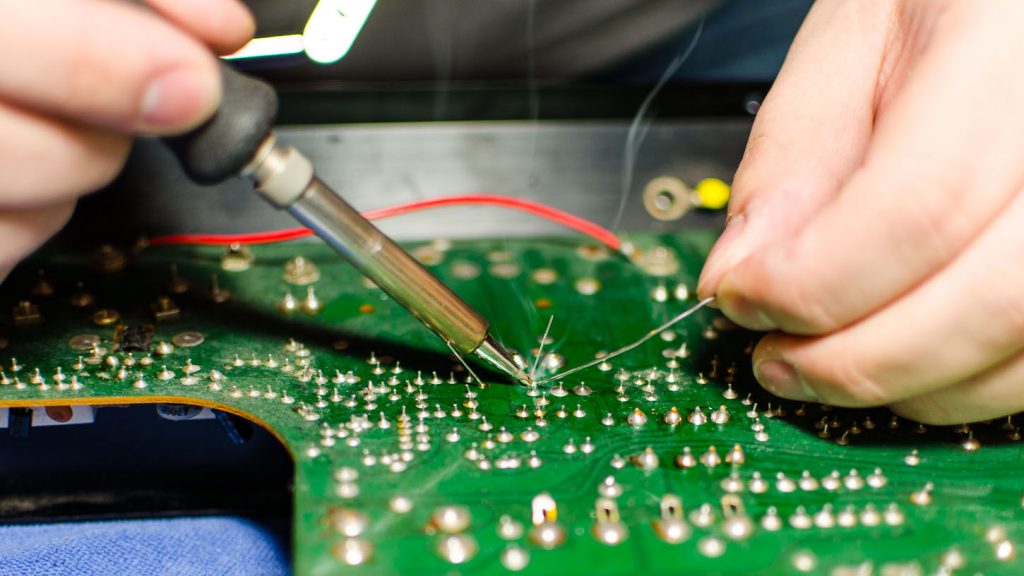 English
English-
 English
English -
 Español
Español -
 Português
Português -
 русский
русский -
 Français
Français -
 日本語
日本語 -
 Deutsch
Deutsch -
 tiếng Việt
tiếng Việt -
 Italiano
Italiano -
 Nederlands
Nederlands -
 ภาษาไทย
ภาษาไทย -
 Polski
Polski -
 한국어
한국어 -
 Svenska
Svenska -
 magyar
magyar -
 Malay
Malay -
 বাংলা ভাষার
বাংলা ভাষার -
 Dansk
Dansk -
 Suomi
Suomi -
 हिन्दी
हिन्दी -
 Pilipino
Pilipino -
 Türkçe
Türkçe -
 Gaeilge
Gaeilge -
 العربية
العربية -
 Indonesia
Indonesia -
 Norsk
Norsk -
 تمل
تمل -
 český
český -
 ελληνικά
ελληνικά -
 український
український -
 Javanese
Javanese -
 فارسی
فارسی -
 தமிழ்
தமிழ் -
 తెలుగు
తెలుగు -
 नेपाली
नेपाली -
 Burmese
Burmese -
 български
български -
 ລາວ
ລາວ -
 Latine
Latine -
 Қазақша
Қазақша -
 Euskal
Euskal -
 Azərbaycan
Azərbaycan -
 Slovenský jazyk
Slovenský jazyk -
 Македонски
Македонски -
 Lietuvos
Lietuvos -
 Eesti Keel
Eesti Keel -
 Română
Română -
 Slovenski
Slovenski
How to connect large traces to pads in PCB?
2023-05-05
Preparation
Before connecting large traces to the pads in the PCB, we need to do some preparations, including checking the size, and location of the pads, checking the type and amount of solder, and checking the environmental conditions of the soldering. The type and amount of solder need to be selected according to the size and structure of the large traces to ensure the quality of the soldering. In addition, the environmental conditions also need to meet the welding requirements to ensure the quality of the welding.
Before connecting large traces to the pads in the PCB, we need to do some preparations, including checking the size, and location of the pads, checking the type and amount of solder, and checking the environmental conditions of the soldering. The type and amount of solder need to be selected according to the size and structure of the large traces to ensure the quality of the soldering. In addition, the environmental conditions also need to meet the welding requirements to ensure the quality of the welding.
Wiring method
Connecting large traces to pads in a PCB is a complex task, but one that can be easily done if you follow the correct steps. First of all, prepare some necessary tools, such as solder, solder pen, solder can, pliers, scissors, etc. Second, put the large trace into the pliers, then put the solder can into the solder pen, place the solder pen on the soldering station, connect the solder tip to the large trace, then drop the solder in the solder can onto the On the soldering head, finally connect the soldering head to the pad in the PCB.
Welding method
Connecting large traces to pads in the PCB is a critical soldering technique that ensures that components on the PCB are soldered together securely and that their connections are reliable. Welding techniques can be divided into two types: welding and welding. Both techniques can be used to connect large traces to pads in a PCB, but there are some important differences between the two. Soldering techniques are better suited for very fine pads, while fusion bonding is better suited for larger pads. Soldering techniques require high-temperature flux to fuse large traces and pads together, while fusion bonding techniques use low-temperature flux to fuse large traces and pads together. Both soldering and fusion techniques can guarantee the reliability of the connection, but the soldering technique may be more reliable.
hot splicing skills
Connecting large traces to pads in a PCB is an important thermal bonding technique that can help electronic devices work more reliably. Getting the job done requires the right tools and technique, and it needs to be installed and welded properly. First of all, you should choose a suitable soldering tool, such as a heat gun, solder pliers, etc., and then follow the correct soldering steps, such as cleaning the pad, heating the pad, placing solder, soldering, etc. Finally, the quality of the weld should be checked to make sure it is welded well.

X
We use cookies to offer you a better browsing experience, analyze site traffic and personalize content. By using this site, you agree to our use of cookies.
Privacy Policy



